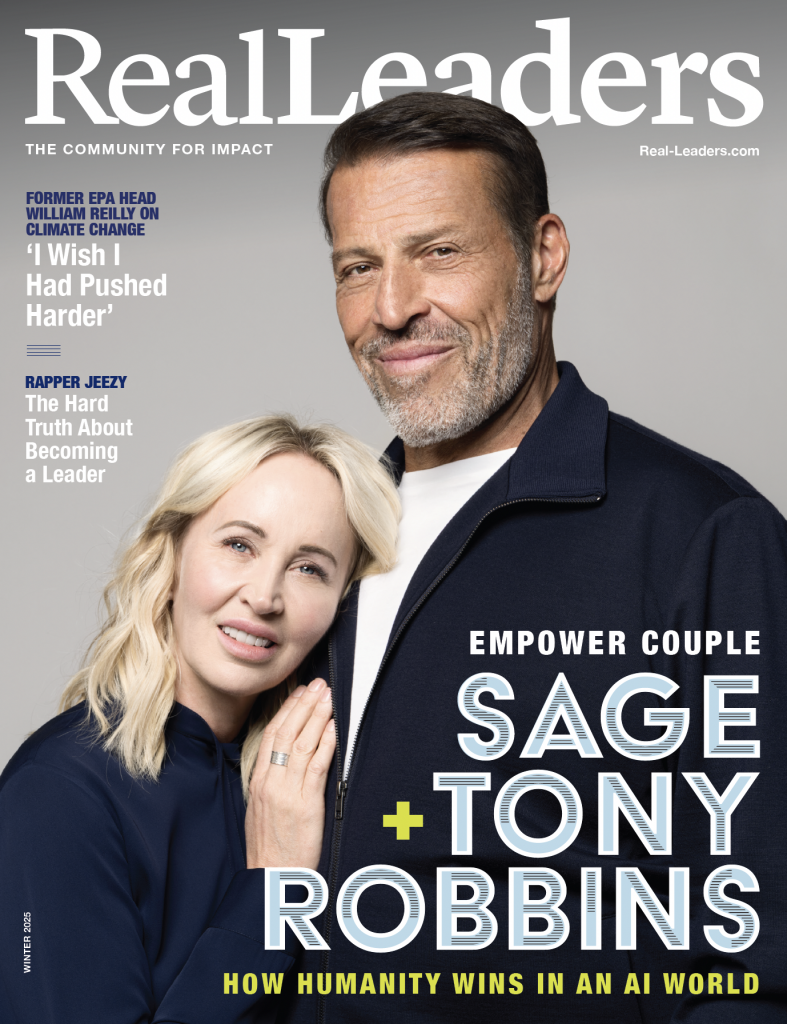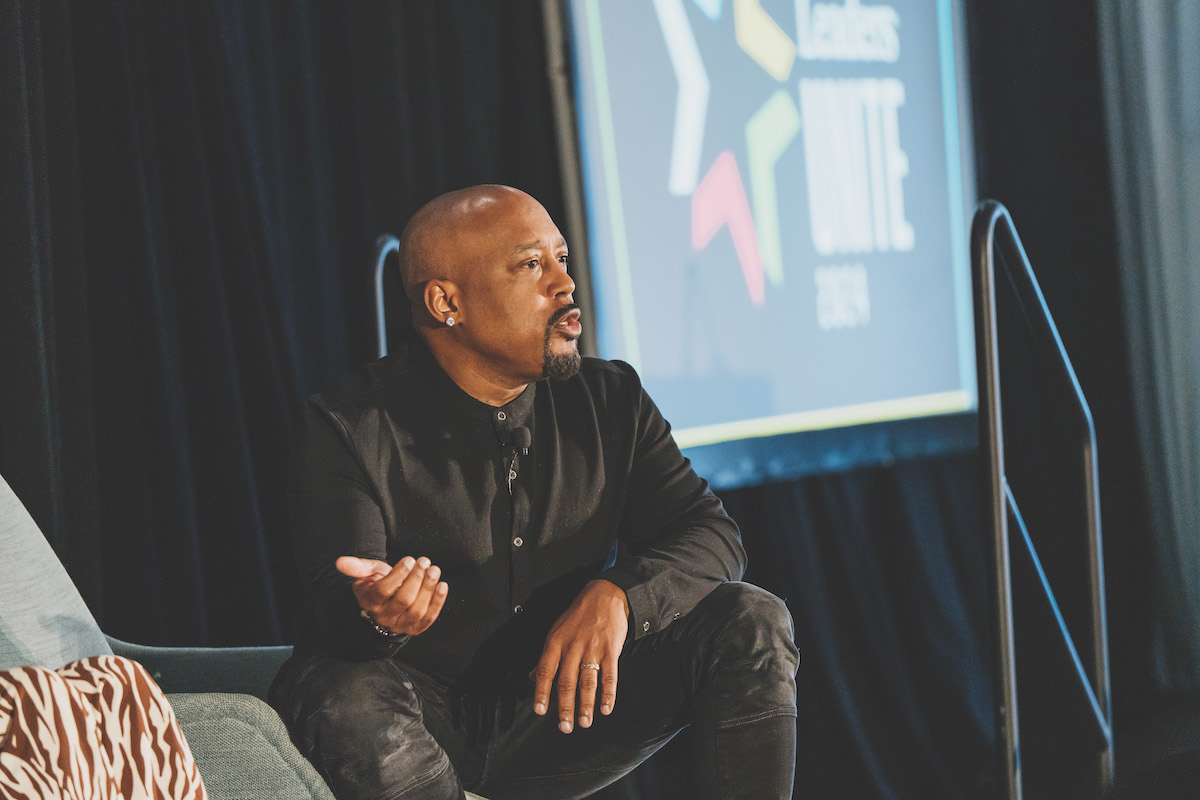
I learned fear is the real signpost showing if I’m building something meaningful.
I was genuinely upset the day my first book became a bestseller. The book, based on an idea I’d been passionate about for a full year, was now flying off shelves — but someone else had written it.
About a year earlier, while working in marketing, I had developed a client acquisition strategy that worked exceptionally well. Fueled by inspiration and results, I did what so many do in a flash of clarity and ambition: I opened a blank Word document and began writing what I believed would be my first book. I typed pages of notes and frameworks, mapping out a book that I felt could truly help others in the same field. It felt urgent and important at the time. I promised myself I would write a little every day.
That promise lasted a week. Deadlines at work mounted. Life intruded. The project — like so many ambitious starts — was paused, then ignored. I returned to it months later only to find I didn’t like what I’d written. So I rewrote it and then forgot about it again. The momentum vanished.
Eventually someone else published a book built around the same idea. It had the same core thesis, the same approach, and even the same general framework. The only difference was they had actually finished it — and I had not. I wasn’t bitter because the truth was obvious. The reason my name wasn’t on the cover wasn’t theft or bad luck. It was delay. It was indecision. It was inaction.
Fear Is a Signal, Not a Stop Sign
In the moments that followed, my disappointment quickly gave way to something far more intense: fear. It was fear that I had missed my opportunity, that I had sabotaged my own potential, that by waiting for the perfect draft or the perfect moment, I had handed off the future I wanted to someone else who simply acted faster.
That experience redefined how I viewed fear. I began to realize that fear is one of the most accurate indicators of meaningful opportunity. While most of us are taught to interpret fear as a signal to slow down or reassess, I’ve learned to interpret it as a green light. When I feel fear — the kind that stems from possibility, not danger — I now take it as a KPI. It means I’m moving in the right direction, toward work that actually matters.
In business we obsess over data. We track every metric from conversion rates to churn to cost per click. We measure everything we can quantify. But in doing so, we often ignore one of the most powerful internal metrics we all carry with us. Fear may not be as easy to graph on a dashboard, but it’s just as measurable if you pay attention.
Track Fear Through Action
After the book that wasn’t mine, I made a promise to myself: The next time I had an idea worth pursuing, I wouldn’t wait. When inspiration to write struck again, I didn’t overthink it. I gave myself a tight deadline and published the book — even though it wasn’t perfect. What mattered was that it was out in the world, and once it was, real feedback came in, allowing me to revise it and re-release a stronger version.
When I had the idea for a conference, I didn’t spend a year planning it. I launched it within months. The first event was messy in parts, but I learned from the experience, made adjustments, and tripled attendance the next year. Not everything worked. I launched a workshop series prematurely, and it failed — but even that gave me the data I needed to understand my market and relaunch it more effectively later on.
In each of these instances, I felt fear before acting, and in each case, fear pointed to a threshold I needed to cross. It didn’t always predict success, but it always signaled significance. I started to pay attention to that sensation: where it showed up, how it felt, and what kinds of ideas triggered it. I treated fear like a performance indicator — not always comfortable, but consistently useful.
Fear Is Feedback
Fear is not the enemy — it’s feedback. It tells you something matters. It shows up at the edge of comfort, right where growth begins. If you’re not feeling any fear in your work, there’s a good chance you’re not stretching yourself. Fear often lives next to opportunity, yet most of us treat it as a warning to stop. We should be treating it like a signal to dig deeper.
Entrepreneurs especially should pay close attention to fear. We operate within rapid iteration, constant learning, and imperfect action. Fear is part of the territory. If you’re not afraid at some point during your product launch, pitch, or business decision, it might be a sign you’re playing it too safe.
I’ve learned that fear often accompanies ideas with real potential. It’s not a guarantee of success, but it’s a reliable compass for direction. If you let it, fear can become your most honest KPI because it only shows up when the work really matters.
How I Use Fear to My Advantage
Fear gets a bad rap, but it can actually be one of your most powerful tools for growth. Whether you’re chasing a big goal, launching something new, or simply stepping outside your comfort zone, fear shows up for a reason. Here are three practical ways to harness fear and make it work for you.
1. Follow the fear. Fear often points to what matters most. Learn to distinguish protective fear from the kind that signals you’re stretching your limits. When it’s tied to visibility, growth, or risk, lean in.
2. Move through the messy middle. Fear loves to stall progress. Break it down, name what you’re scared of, and act anyway, even if it’s imperfect. Clarity comes through motion, not hesitation.
3. Mine the lessons. After every bold move, pause to reflect. What were you afraid of? What actually happened? Use those insights to build emotional resilience and make smarter, braver decisions next time.








